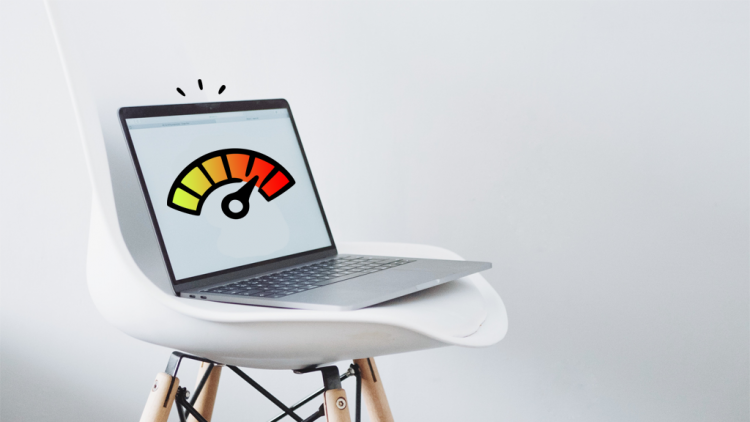If your laptop is overheating, you might have a number of problems that are causing the heat to build up. This problem can lead to hardware failure if not resolved. There are several steps you can take to prevent the heat from building up. These steps include cleaning the fan and vents of your laptop, changing the power plan, and reducing the maximum processor state in the BIOS. If these do not solve the problem, consult your computer manufacturer for further help.
Cleaning your laptop’s fan and vents
The first step to preventing your laptop from overheating is cleaning the fan and vents inside the laptop. You can use a microfiber cloth to wipe the fan blades and vents with. After the fan has been cleaned, you can blow into it to get rid of excess dust. Then, put the panel back and tighten all screws. Make sure that you use a soft lint-free cloth.
You can also clean the vents and fan on your laptop by using compressed air. This air is not as harsh as canned air but can do the same job. The fan and vents in your laptop can be cleaned with compressed air, also known as canned air. Make sure that the vents are free of any dust so that they can function properly. Clean them thoroughly to make sure that your laptop runs efficiently.
If you’re unsure about the steps to follow, you can use compressed air to blow out any loose dust. A good technique is to aim the air at the cooling vents and the moving parts. The air will help clear out the particles, which will keep the laptop cooler. You can also use a soft lint-free cloth to clean the vents and fan. However, do not try to clean the internal components of your laptop if you’re not comfortable with the process.
Changing the power plan
If you have an overheating laptop, the problem could be related to software or performance problems. In such a situation, a user can run a power troubleshooter to fix the problem. In addition, a user can change the power plan of their computer to save energy and extend the life of the battery. To do this, users can access the Control Panel. The left side panel of the Control Panel will display all available settings. Click the System Maintenance icon.
If you do not know how to change the power plan settings of your computer, you can visit a laptop repair Perth shop and have it fixed. If you have Windows 10, you can run the troubleshooter to check for power configuration problems. Changing the power plan settings of your computer may help you prevent the overheating of your laptop. A new laptop battery is another solution to fix the overheating problem of your laptop.
The power plan is a collection of hardware and system settings that manage the power consumption of your laptop. It balances energy conservation with system performance. The default power plan is Balanced, but you can change it to suit your requirements. You can even change the processor power state to maximize performance and reduce thermal heating. By adjusting the power plan, you can prevent your laptop from overheating and keep it working for longer.
Reducing the maximum processor state in the BIOS
The first step to solving the laptop overheating problem is reducing the maximum processor state. By default, the processor state is set to 100%. Reducing this setting can prevent the laptop from overheating and reduce thermal heating. However, if your processor is running at 100%, it will result in performance problems. To prevent the CPU from overheating, lower the processor state to a percentage of 0.3 to 2.7Ghz.
In order to modify the processor’s power modes, open the Power Options menu. Click on Advanced Power Options. Choose Processor power management. Then select the Min and Max processor states and click the Apply button. If you don’t have administrative rights, you can also use the Command Prompt to modify the processor’s power modes. Once you have changed the processor’s maximum state, you should be able to turn your laptop off and enjoy its performance.
If you are using a resource-intensive application, such as video gaming, your computer will run hotter. To determine whether you’re running any high-processing applications, open Task Manager. It will list any background processes that consume too much CPU power. You should also stop running any background applications that are not essential to your work. Lastly, make sure the processor’s temperature doesn’t exceed 100 degrees. If it does, then you can reduce the processor’s maximum state.
Source by technosoups.com






























